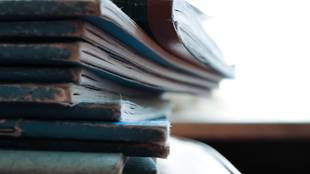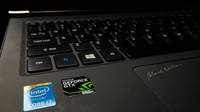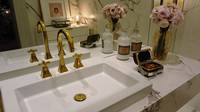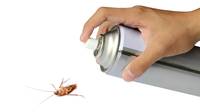
The most important thing to do to save your wetted books is to take action immediately. In warm and humid conditions, mold can grow within 24 to 48 hours after the materials have gotten wet. The following can be done to try to salvage the book:
- Stabilize and air-dry as much of the collection as possible. Another alternative is to freeze and dry it later. If the book is soak in dirty water, do not clean the dirt off while it is still wet. You will only aggravate the condition of the book. Dry it first.
- Fan volumes open and stand them on the top or bottom edge on an absorbent material, which should be changed as it becomes wet. As the book dries turn it upside-down.
- Do not try to straighten crumpled pages when it is still wet. It can be pressed down later when it is completely dry.
- Increasing air circulation will dry out most items efficiently. Set up a drying space outdoor, under cover (and not under direct sunlight). If the weather is humid, use an electric fan to hasten the drying process, but do not point the fan directly at the book.
- Molds are the greatest risk and hazard both to books and to your health. If molds develop in the pages of the book, take strict precaution to protect your skin and lungs. Isolate the book in a well-ventilated area.
- If you can see mold growth, do not try to wipe or scrape it off. Finely spray equal amounts of alcohol and milk of magnesia with a little kerosene on the book, and let it dry.
- The existence of molds indicates that the book is not completely dry. Expose the book intermittently to sunlight at short span with circulating air. Remember though that extreme light damages paper-based materials. So use this only as a last resort.
- Dust the book with talcum powder. It will absorb any remaining moisture and prevent the occurrence of mildew.


















